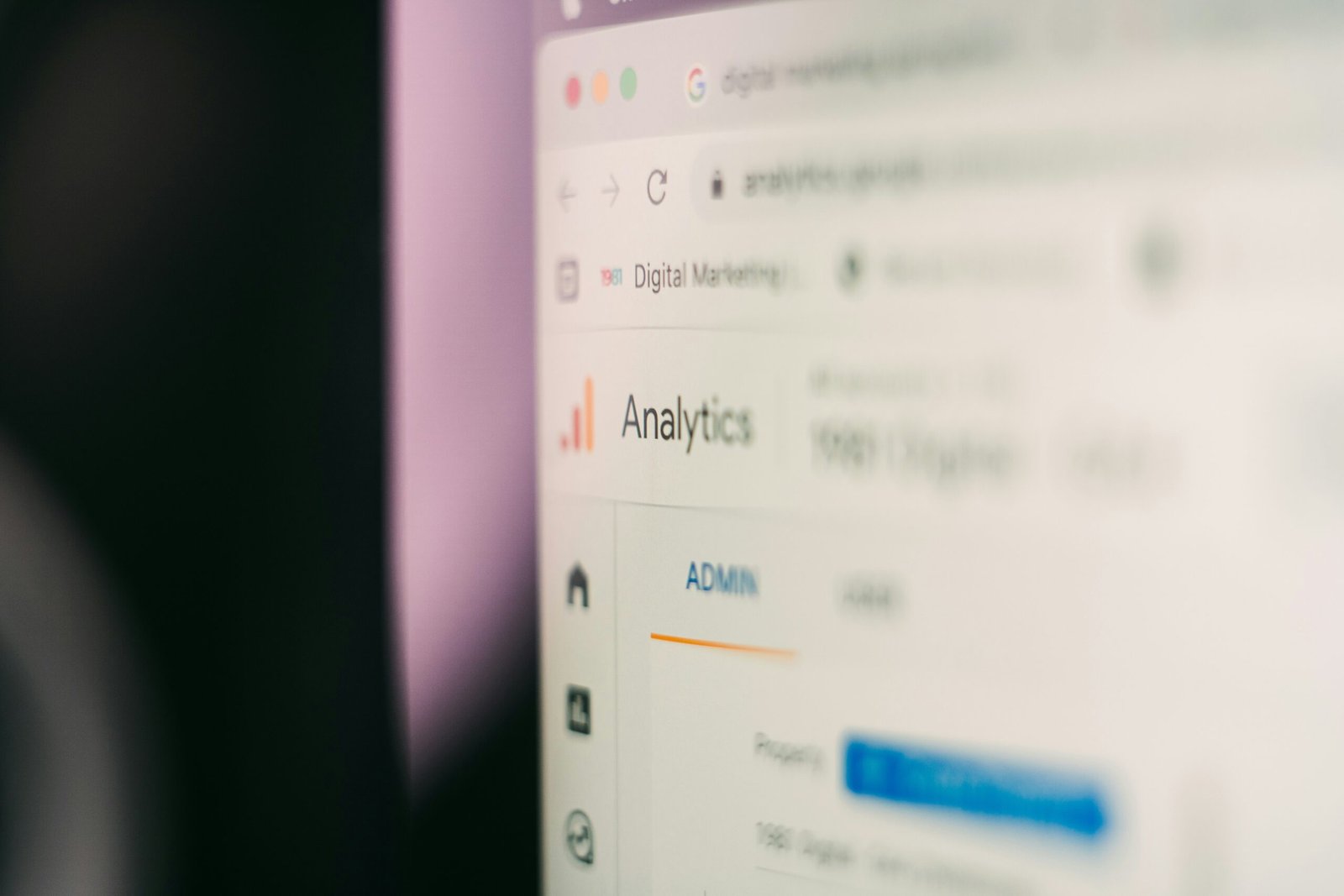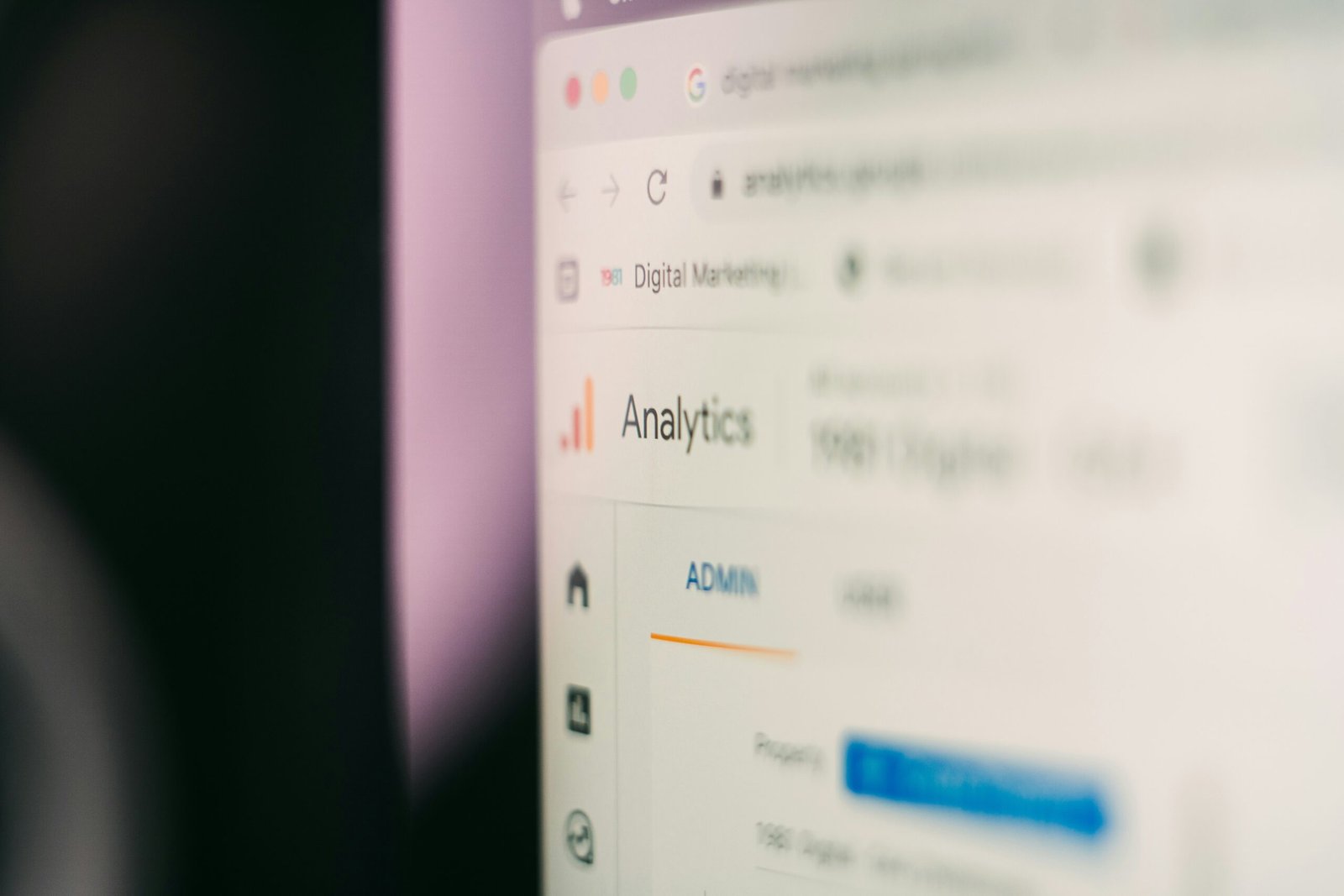Introduction
In the digital landscape, the choice between free and paid tools is an ongoing dilemma for individuals and businesses alike. The decision can significantly impact the efficiency, quality, and overall success of various tasks and projects. Understanding the differences between these options is crucial for making informed decisions that align with a user’s specific needs and objectives. Free tools often attract users with their cost-efficiency, offering essential functionalities without any financial commitment. However, they may come with limitations, such as fewer features, potential reliability issues, and limited support. Conversely, paid tools typically promise enhanced features, greater reliability, and customer support, but they also necessitate a financial investment.
When evaluating tools, one must consider not just the cost but also the value they provide. The distinction between what is technically “free” and what one is willing to invest in a tool is paramount. The implications of such decisions can extend beyond immediate financial aspects, affecting productivity levels and the quality of outcomes associated with particular projects. Throughout this blog post, readers can expect to gain insights into the advantages and disadvantages of both free and paid tools. Practical examples will illustrate how different contexts demand varying criteria for choosing the right tool.
Ultimately, this exploration is designed to equip readers with knowledge and strategies to evaluate their options effectively. By understanding the nuances of cost versus value, users can make choices that not only fulfill their immediate requirements but also support their long-term goals. Whether one is an entrepreneur, a student, or a professional, recognizing the criteria for selecting the right tool can streamline processes and enhance overall results. This discussion aims to clarify the considerations that should guide one’s evaluation of free versus paid solutions, paving the way for more confident decision-making.
Understanding Free Tools: Pros and Cons
Free tools have gained significant popularity in recent years due to their accessibility and cost-saving advantages. Individuals and businesses alike often turn to these solutions to achieve various objectives without the burden of financial expenditures. The primary benefit of utilizing free tools is, undoubtedly, the absence of a monetary cost, allowing users to experiment with different features and functionalities without any initial investment. This can be incredibly advantageous for startups or freelancers looking to minimize expenses while accessing essential resources.
Ease of use often accompanies many free tools, as developers strive to create user-friendly interfaces to attract a broad audience. Tools such as Google Docs and Trello exemplify popular choices that are both intuitive and efficient, enabling users to collaborate and manage tasks easily. Furthermore, the accessibility of these tools ensures that users from diverse backgrounds, regardless of technical expertise, can take advantage of their functionalities.
However, while there are evident advantages to using free tools, it’s crucial to consider their limitations. One notable drawback is the potential lack of features compared to their paid counterparts. Users may find themselves restricted in functionality, which can hinder performance when handling more complex tasks. Additionally, support options tend to be less robust for free tools; users may rely on community forums rather than direct assistance, which can lead to frustrations in troubleshooting.
Another pressing concern is security. Many free tools may not offer the same level of data protection as paid alternatives, potentially exposing users to risks. For instance, free cloud storage services might not encrypt data as effectively, raising concerns about privacy. Research indicates that while user satisfaction can be high with free tools, this is often counterbalanced by issues relating to functionality and security. Users should weigh these pros and cons carefully before committing to any particular free tool in their workflow.
Evaluating Paid Tools: Are They Worth the Investment?
In the competitive landscape of software solutions, businesses are often faced with the decision to invest in paid tools or rely on free alternatives. While free tools may offer fundamental functionalities, paid tools bring a range of added benefits that can significantly enhance operational efficiency. One of the primary advantages of paid tools is access to advanced features. These often include more powerful analytics, integration capabilities, and automation tools that can streamline processes and save time.
Additionally, paid tools typically come with dedicated customer support, ensuring that users receive timely assistance when challenges arise. This level of support is crucial for businesses that operate in fast-paced environments, where downtime or issues can lead to loss of productivity. Enhanced security measures represent another compelling reason to consider paid options. With increasing cybersecurity threats, many paid tools provide robust security protocols that protect sensitive data, an aspect that may be inadequately addressed by free solutions.
Case studies from successful organizations highlight the positive impact of investing in paid tools. For instance, a marketing firm utilizing a premium analytics tool reported a 30% increase in campaign efficiency, attributable to the deeper insights and data-driven decisions enabled by the tool. Furthermore, comparative metrics often reveal that paid tools can deliver superior performance metrics such as faster processing times and lower error rates than their free counterparts.
Ultimately, key factors influencing the decision to opt for a paid tool include the scope of your organizational needs, the potential return on investment, and the long-term benefits that can be derived from the features and support available. Evaluating these criteria can help businesses determine the worth of investing in paid tools tailored to their specific requirements.
Conclusion: Making the Right Choice for Your Needs
Choosing between free and paid tools can be a decisive factor in achieving your productivity and operational goals. As we have explored throughout this post, both categories offer distinct advantages and potential drawbacks that are crucial to consider. Free tools often provide a solid foundational solution, allowing individuals and small businesses to accomplish essential tasks without incurring immediate costs. These tools can be especially beneficial for those operating on tight budgets or who are just beginning their projects. However, the limitations of free versions—such as restricted features, lack of customer support, and potential security concerns—can hinder progress over time and may compel users to switch to a paid solution as their needs expand.
On the other hand, paid tools typically offer a more comprehensive suite of features, enhanced functionality, and reliable customer service. For more established organizations or those with specific requirements, investing in a quality paid tool may not only increase efficiency but also lead to long-term savings, despite the initial financial commitment. In making this decision, it is essential to align your choice with your specific needs and future goals. An assessment of the tools’ capacities in relation to your usage frequency and the complexity of tasks can guide you towards the most effective solution.
We encourage readers to take stock of their current tool usage, clearly define their necessities, and weigh the pros and cons of both options. Your feedback is invaluable; we invite you to share your experiences, thoughts, and any insights on navigating the free vs. paid tools dilemma. Engaging in this discussion can help others in our community make informed decisions tailored to their unique situations.









